
Tell your friends about this item:
James Garfield
Charles River Editors
James Garfield
Charles River Editors
*Includes pictures
*Includes excerpts of contemporary accounts
*Includes a bibliography for further reading
"I never meet a ragged boy in the street without feeling that i may owe him a salute, for I know not what possibilities may be buttoned up under his coat." - James Garfield
He was the only sitting member of the House of Representatives elected President to date, but he served only about half a year in the office. He was the second president in less than 20 years felled by an assassin's bullet. Yet James A. Garfield, a man little known outside his own party before his "dark-horse" nomination by the Republican Party in 1880, was significant in a number of ways. Garfield's short term marked the first entrance of a "reformist" strain into the presidency that sought to root out corruption and political favoritism in government. Much of what we know as the modern federal bureaucracy has its roots in Garfield's advocacy of a professional civil service to fill most positions in the government, rather than filling those positions through political patronage, the "spoils system" that went back to the administration of Andrew Jackson. He did not live to see his proposed reforms enshrined in law, but Garfield's contribution to the history of the United States should not be underestimated.
In 1880, Garfield ran as a Republican for president, and one of his supporters was a man named Charles Guiteau, who wrote and circulated a speech called "Garfield vs. Hancock" that aimed to rally support for the Republican candidate. Though few knew it, Guiteau's family had already deemed him insane and attempted to keep him committed in an asylum, only to have him manage an escape from confinement.
Garfield went on to narrowly edge Winfield Scott Hancock in the election, and Guiteau, harboring delusions of grandeur, believed he had helped tip the scales in Garfield's favor. As such, he believed that he was entitled to a post in Garfield's nascent administration, perhaps even an ambassadorship, and he continued to rack up debts while operating under the assumption that he would soon have the government salary to pay them back. However, despite lobbying around Republican headquarters in New York City and even approaching Cabinet members, no post was forthcoming for the troubled man. Eventually, in May 1881, Secretary of State James Blaine told him to never show up again. Enraged by the perceived slight, Guiteau bought a revolver and plotted to kill the president. He got his chance on July 2, 1881 at a railroad station, shooting Garfield in the back twice and bragging to the authorities, "I am a Stalwart of the Stalwarts... Arthur is president now!" Garfield would live for nearly three more months, and the poor standards of medical care in the 1880s would end up being responsible for the fact he did not survive wounds that he would've survived at the end of the 19th century. Indeed, Guiteau would cite medical malpractice at trial, stating, "I deny the killing, if your honor please. We admit the shooting." Those kinds of statements and his generally odd behavior helped ensure Guiteau's lawyers would claim he was insane, one of the first high profile attempts to use that as a defense against a crime. However, that never had much chance of succeeding, and claims of insanity were heartily rejected by prosecutors.
Garfield was the second president to be assassinated after Abraham Lincoln, and today he is often remembered as one of the presidents to die in office after being elected every 20 years starting with William Henry Harrison's 1840 election through John F. Kennedy's 1960 election. James Garfield: The Life and Legacy of the Second President to Be Assassinated chronicles the life and death of the president. Along with pictures and a bibliography, you will learn about Garfield like never before.
| Media | Books Paperback Book (Book with soft cover and glued back) |
| Released | March 17, 2020 |
| ISBN13 | 9798627165769 |
| Publishers | Independently Published |
| Pages | 154 |
| Dimensions | 216 × 280 × 8 mm · 371 g |
| Language | English |
More by Charles River Editors
Others have also bought
See all of Charles River Editors ( e.g. Paperback Book and Book )











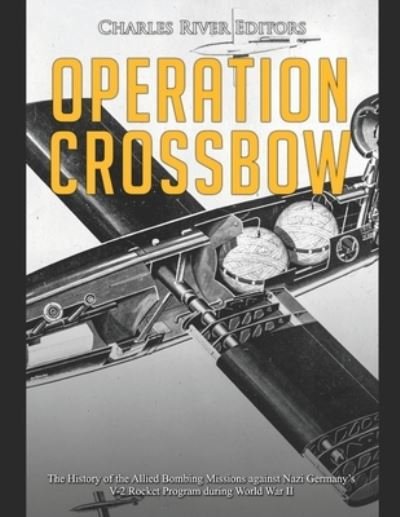










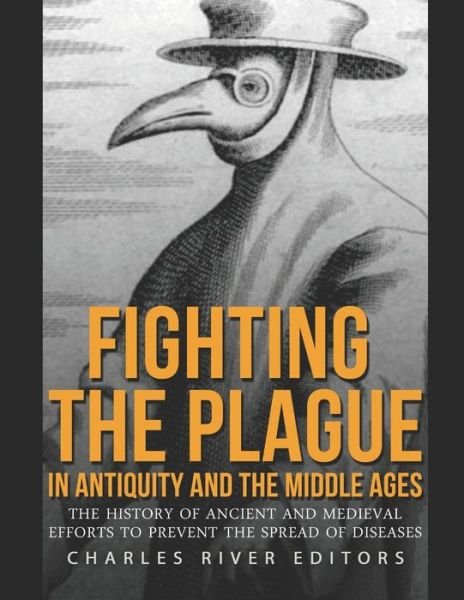
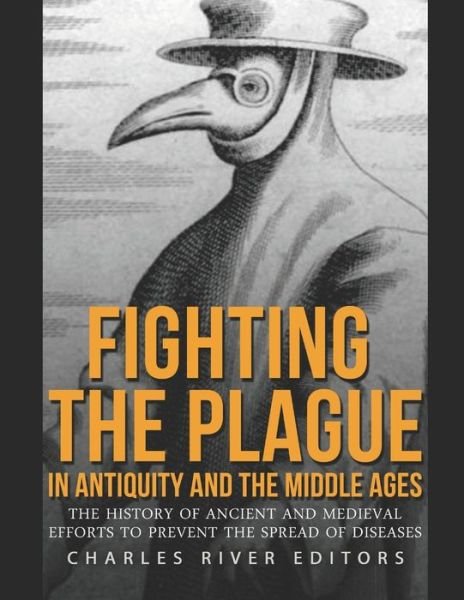




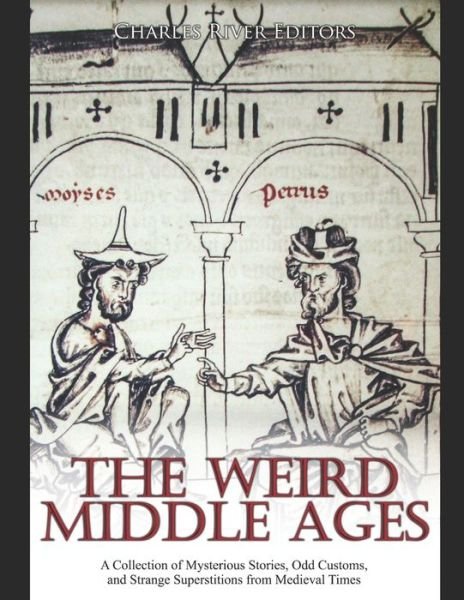
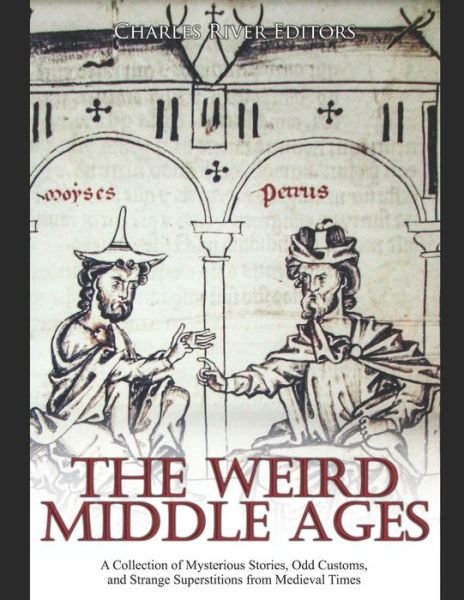
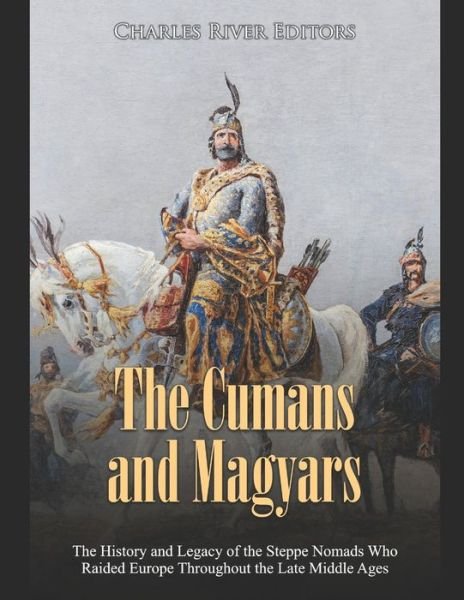
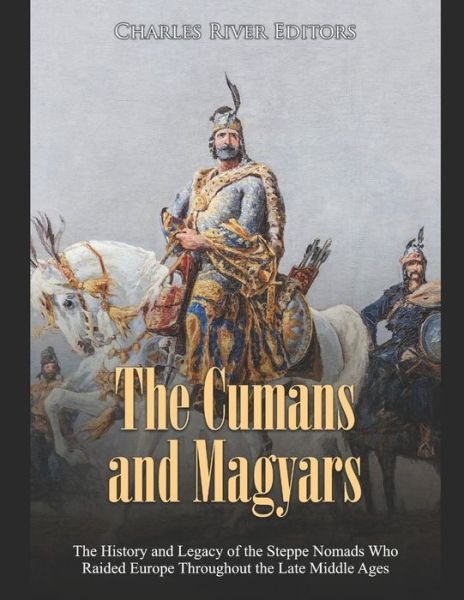



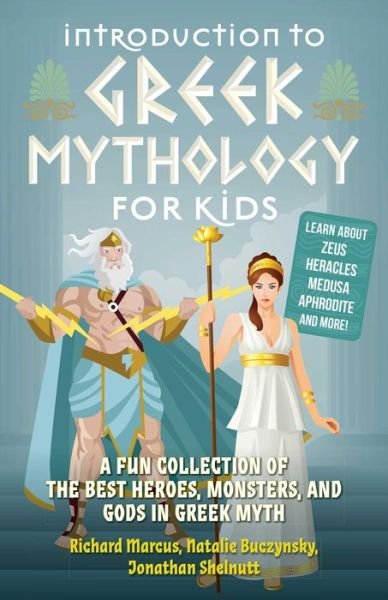
![Cover for Charles Dickens · Den hjemsøgte mand og åndens tilbud (Nyillustreret) (Bound Book) [1st edition] (2022)](https://imusic.b-cdn.net/images/item/original/123/9788772048123.jpg?charles-dickens-2022-den-hjemsoegte-mand-og-aandens-tilbud-nyillustreret-bound-book&class=scaled&v=1654049104)
![Cover for Tine Wøbbe · Kort & godt: Kort & godt om PSYKOPATI (Sewn Spine Book) [1st edition] (2024)](https://imusic.b-cdn.net/images/item/original/916/9788771586916.jpg?tine-woebbe-2024-kort-godt-kort-godt-om-psykopati-sewn-spine-book&class=scaled&v=1713200056)
![Cover for Linda Lehun · Musikbogen (Paperback Book) [1st edition] (2016)](https://imusic.b-cdn.net/images/item/original/063/9788759891063.jpg?linda-lehun-2016-musikbogen-paperback-book&class=scaled&v=1486719785)
![Cover for Dian Hanson · The New Erotic Photography - Bibliotheca Universalis (Hardcover Book) [Multilingual edition] (2017)](https://imusic.b-cdn.net/images/item/original/715/9783836526715.jpg?dian-hanson-2017-the-new-erotic-photography-bibliotheca-universalis-hardcover-book&class=scaled&v=1490369714)





![Cover for Jesper Wung-Sung · To ryk og en aflevering (Sewn Spine Book) [3rd edition] (2009)](https://imusic.b-cdn.net/images/item/original/996/9788763811996.jpg?jesper-wung-sung-2009-to-ryk-og-en-aflevering-sewn-spine-book&class=scaled&v=1341784896)

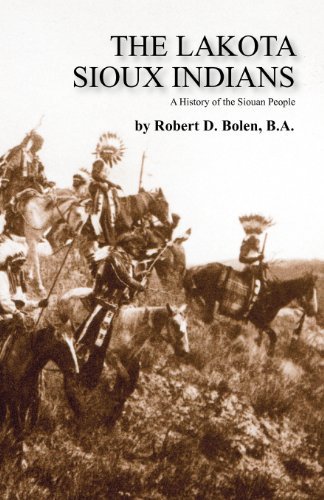

![Cover for Jon Speelman · Modern Defence (Paperback Book) [1st edition] (2000)](https://imusic.b-cdn.net/images/item/original/816/9781857442816.jpg?jon-speelman-2000-modern-defence-paperback-book&class=scaled&v=1409611116)
